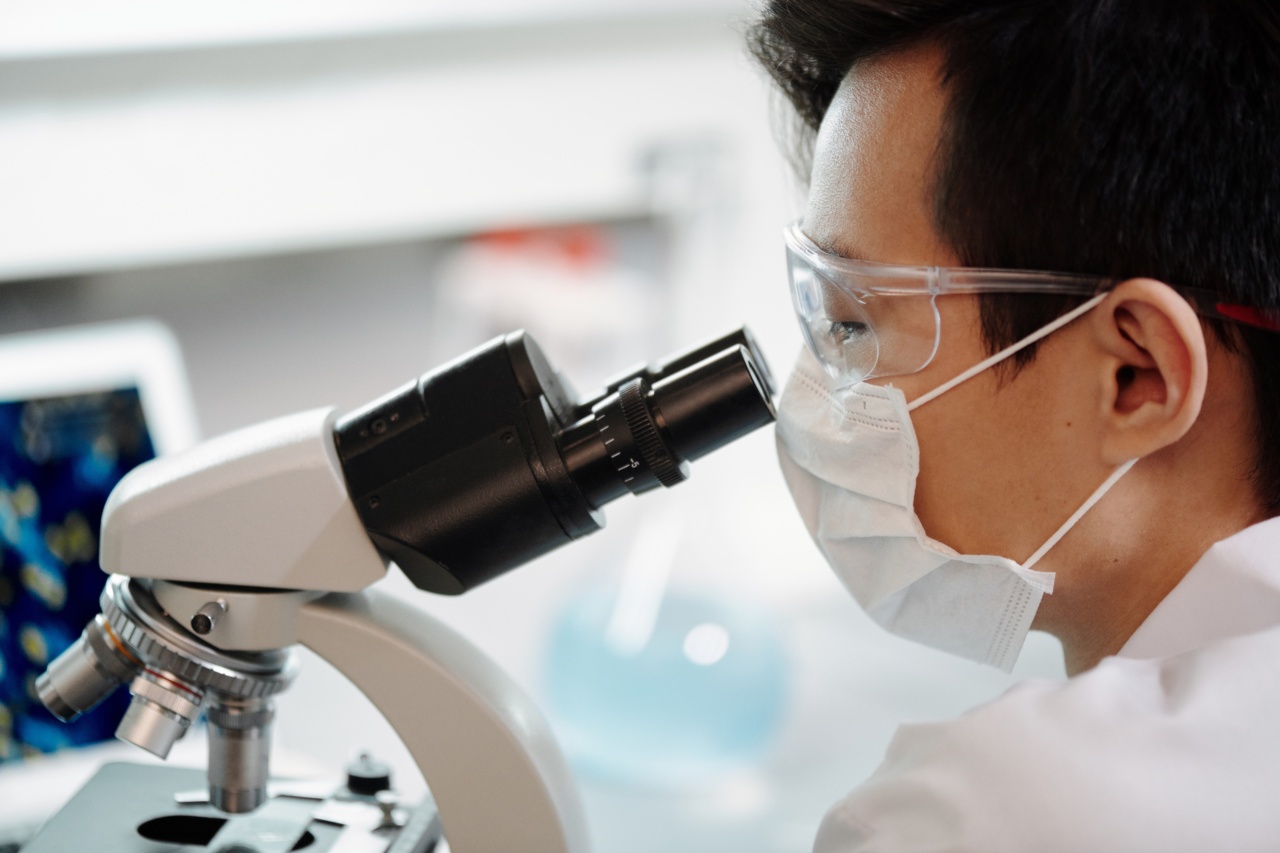Uterine cancer, or endometrial cancer, is a form of cancer that arises from the lining of the uterus, which is called the endometrium.
According to the American Cancer Society, uterine cancer is the most commonly diagnosed gynecologic cancer in the United States, with an estimated 65,620 new cases and 12,590 deaths in 2020. While the exact causes of uterine cancer are still unknown, research has identified several risk factors, including obesity, diabetes, and exposure to estrogen without progesterone.
Recently, viruses have also been implicated in the development of uterine cancer.
Human papillomavirus (HPV)
HPV is a group of over 100 related viruses, some of which are responsible for the development of cervical cancer. HPV can also infect the cells of the vagina, vulva, anus, penis, and throat.
HPV is transmitted through skin-to-skin contact with someone who has the virus. Most people who are infected with HPV do not develop any symptoms, and the virus goes away on its own. However, in some cases, HPV can cause abnormal changes in the cells of the cervix, which can lead to cancer over time.
Recent research has shown that HPV may also be a risk factor for uterine cancer.
In a study published in the journal Obstetrics & Gynecology, researchers found that women who were positive for high-risk HPV had a two-fold increased risk of developing uterine cancer compared to women who were negative for HPV. The researchers also found that women who had both HPV and abnormal uterine bleeding had a four-fold increased risk of uterine cancer.
Human herpesvirus-8 (HHV-8)
HHV-8 is a herpes virus that can cause Kaposi’s sarcoma, a type of cancer that affects the skin and internal organs. HHV-8 is transmitted through sexual contact, blood transfusions, and organ transplants.
In addition to Kaposi’s sarcoma, recent research has also linked HHV-8 to uterine cancer.
In a study published in the journal Cancer, researchers found that women who were positive for HHV-8 had a three-fold increased risk of developing uterine cancer compared to women who were negative for the virus.
The researchers also found that women who had both HHV-8 and human immunodeficiency virus (HIV) had a six-fold increased risk of uterine cancer.
Hepatitis C virus (HCV)
HCV is a virus that affects the liver and is transmitted through exposure to infected blood. HCV can cause chronic liver disease, liver cancer, and cirrhosis.
Recent research has also suggested that HCV may contribute to the development of uterine cancer.
In a study published in the journal Cancer Epidemiology, Biomarkers & Prevention, researchers found that women who were positive for HCV had a two-fold increased risk of developing uterine cancer compared to women who were negative for the virus.
The researchers also found that women who had both HCV and hepatitis B virus (HBV) had a four-fold increased risk of uterine cancer.
Epstein-Barr virus (EBV)
EBV is a herpes virus that is best known for causing infectious mononucleosis, or “mono.” EBV can also cause several types of cancer, including lymphoma and nasopharyngeal carcinoma.
Recent research has suggested that EBV may also play a role in the development of uterine cancer.
In a study published in the journal PLoS One, researchers found that women who were positive for EBV had a two-fold increased risk of developing uterine cancer compared to women who were negative for the virus.
The researchers also found that women who had both EBV and HPV had a six-fold increased risk of uterine cancer.
Conclusion
In conclusion, viruses may contribute to the development of uterine cancer.
While the exact mechanisms by which viruses cause cancer are still unknown, researchers have identified several viruses, including HPV, HHV-8, HCV, and EBV, that may increase the risk of uterine cancer. It is important for women to be aware of these risk factors and to discuss any concerns with their healthcare provider.




























